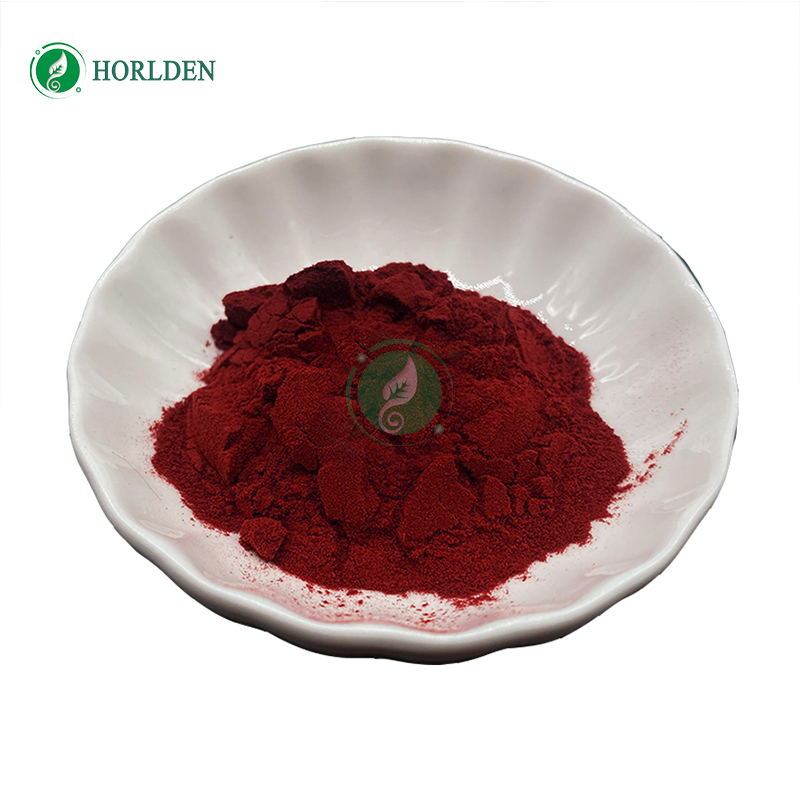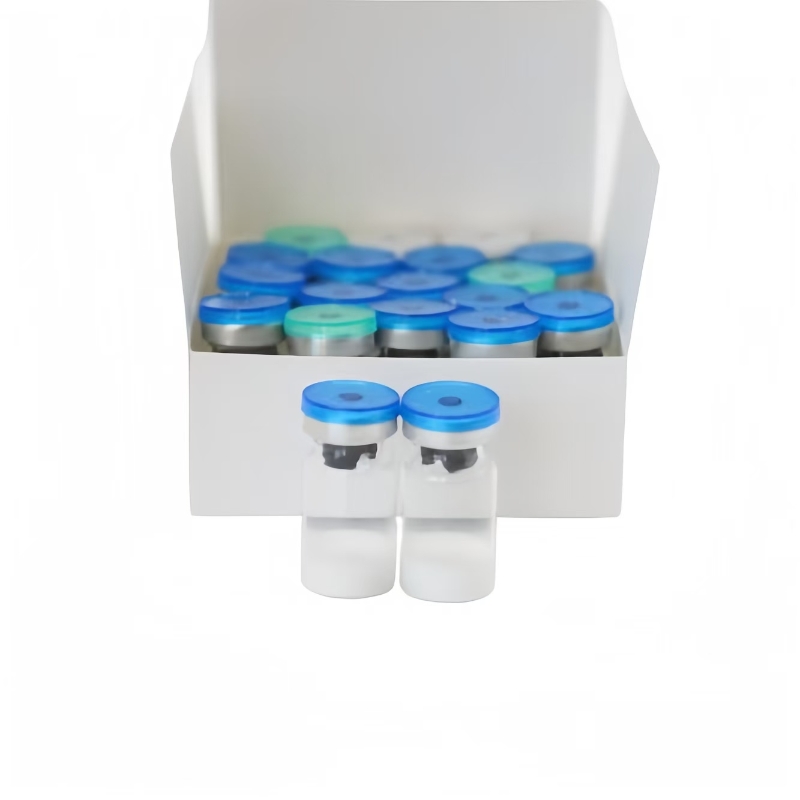-
Categories
-
Pharmaceutical Intermediates
-
Active Pharmaceutical Ingredients
-
Food Additives
- Industrial Coatings
- Agrochemicals
- Dyes and Pigments
- Surfactant
- Flavors and Fragrances
- Chemical Reagents
- Catalyst and Auxiliary
- Natural Products
- Inorganic Chemistry
-
Organic Chemistry
-
Biochemical Engineering
- Analytical Chemistry
-
Cosmetic Ingredient
- Water Treatment Chemical
-
Pharmaceutical Intermediates
Promotion
ECHEMI Mall
Wholesale
Weekly Price
Exhibition
News
-
Trade Service
【Pharma Network Technical Article】Solid phase extraction (SPE) is a sample pretreatment technology, which is the use of solid adsorbent to adsorb the target compound in the liquid sample, separate from the matrix and interfering compounds of the sample, and then elute with eluent, so as to achieve the purpose of
separation and enrichment.
At present, this technology has been widely used
in laboratories.
However, many users often encounter blockages during the application of solid phase extraction units
.
So, how is the blockage caused? And how to solve it? It is understood that the common solid phase extraction column is usually composed of three parts: column tube, sieve plate and filler, of which the sieve plate is a material with a porous structure, which plays the role of
fixing the packing and filtering solution.
"In the process of applying the solid-phase extraction device, if the loading solution contains more particulate impurities, these particulate impurities will continue to accumulate on the sieve plate, forming a layer of particles at the end of the sieve plate, and with the increase of pressure and the extension of time, the particle layer will become more and more tight, resulting in the phenomenon
of sieve plate blockage.
" Some technicians of pharmaceutical machinery enterprises said
.
In this case, technicians generally recommend that users centrifuge or filter at high speed before loading, and then take the supernatant or filtrate through the solid-phase extraction column to reduce the effect of over-focusing particulate
impurities.
In addition to the blockage problem, the solid phase extraction device may also encounter poor reproducibility of solid phase extraction, unsatisfactory recovery, poor purification effect, slow flow rate, etc.
during use.
The analysis believes that specific analysis should be carried out for different problems and the causes
should be eliminated one by one.
For example, poor reproducibility in solid-phase extraction is often related to product quality, flow rate, and operation, so users can troubleshoot
problems from these angles.
In terms of product quality, including the quality, uniformity and tightness of the packing material in the solid phase extraction column, the reproducibility of the method may be affected, so users need to consider many factors when purchasing equipment to ensure reliable
quality.
When encountering experiments with poor reproducibility, you can choose to investigate the reproducibility
of the solid-phase extraction column with a standard solution.
The speed of the flow rate may also affect reproducibility, and the flow rate is appropriately reduced during loading, rinsing, and elution, and in general, the results are stable at flow rates below 5 mL/min, and some experiments may require slow flow rates
.
In addition, the level of the operator will also affect the reproducibility of the results, for example, the solid-phase extraction column usually needs to be activated before loading, the packing material cannot be dried up during loading, the concentration process cannot be lost, and the reconstitution needs to be fully dissolved, etc.
, which are closely related
to the operation skills.
General operators need to be professionally trained and need to have a high level of
professionalism.
Another example is the problem of poor purification effect, usually the solid phase extraction column has the use of retaining target compounds, the use of retained impurities two purification modes, no matter which mode is used, you need to select the appropriate packing material, so that the target compound or impurities can be adsorbed in the filler, and the components that do not need to be retained flow out of the solid phase extraction column
as much as possible with the solvent.
When the sample is purified in compound retention mode, it usually goes through three steps
: loading, rinse, and elution.
If the choice of leaching and elution solvent is not suitable, such as the elution strength of the eluent is too weak to rinse away impurities, or the strength is too strong to wash away impurities together, the purification effect may not be ideal
.
Therefore, the choice of packing material, eluent, and eluent is particularly important
when using solid-phase extraction columns to clean up samples.
The technician suggests that when encountering some complex samples and one packing material cannot meet the purification effect, you can choose to connect the solid phase extraction column in tandem or use the mixed packing material to operate
.
Disclaimer: Under no circumstances does the information or opinions expressed in this article constitute investment advice
to anyone.







